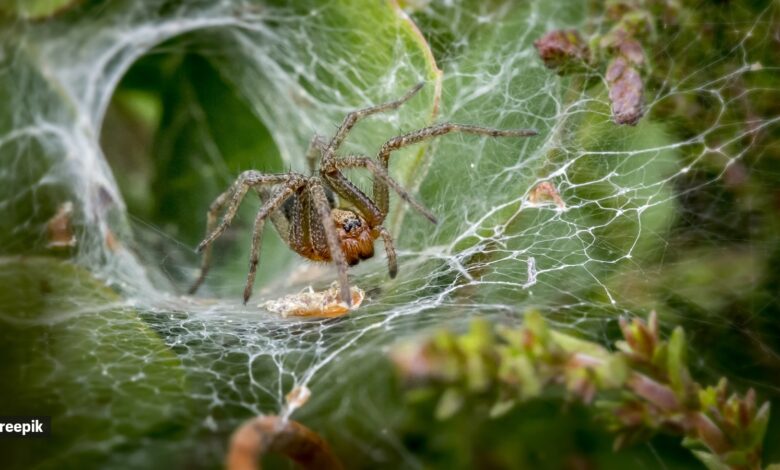5 animals that have more than one brain, with some on their legs and arms | Pets-animals News

When we think of brains, we often picture a single control centre managing all bodily functions. However, some creatures have evolved in unique ways, possessing multiple brain-like structures that allow them to perform extraordinary feats.
Animals with multiple brains have evolved this way to improve survival. Whether it’s for controlling many limbs independently, regenerating lost body parts, or adapting to their surroundings, having more than one brain offers unique advantages. Their nervous systems may not function like a human brain, but they allow these creatures to perform remarkable feats that often seem alien to us.
From problem-solving octopuses to bizarre sea creatures, let’s explore the fascinating world of animals with more than one brain.
Story continues below this ad
1. Octopus
The octopus is perhaps the most famous example of an animal with multiple brains. It has a central brain in its head, but each of its eight arms has a mini-brain of its own!
This means octopuses can independently control their limbs, solve puzzles, and even continue moving after being detached. Studies have shown that an octopus’s arms can react to stimuli and process information even without direct input from the main brain.
The octopus is perhaps the most famous example of an animal with multiple brains (Source: Wikipedia Commons)
2. Leeches
Leeches are not only famous for their bloodsucking abilities but also for their bizarre nervous system. They have 32 brain-like ganglia (clusters of nerve cells) spread throughout their segmented bodies, allowing them to move and react efficiently. Each segment of a leech can function semi-independently, making their movements highly flexible.
3. Starfish
Unlike most creatures, starfish do not have a central brain. Instead, they have a nerve ring surrounding their mouth and a nerve net in each of their arms. These decentralized nerve clusters allow them to sense their environment and coordinate movements without a traditional brain. If a starfish loses an arm, it can often regenerate, and the severed limb may even exhibit independent movement.Story continues below this ad
4. Cuttlefish
A close relative of the octopus, cuttlefish possess a large central brain and additional neural clusters in their arms. This sophicated nervous system helps them change colors instantly using specialized skin cells called chromatophores.
Their ability to process vast amounts of visual information quickly makes them one of the most intelligent marine creatures.
5. Spiders
Many spiders, especially large ones like tarantulas, have a dributed nervous system with ganglia in their legs. This setup allows them to react quickly to threats, capture prey with precision, and even sense vibrations with heightened accuracy. Some species of spiders use these mini-brains to help them coordinate complex web-building activities.





